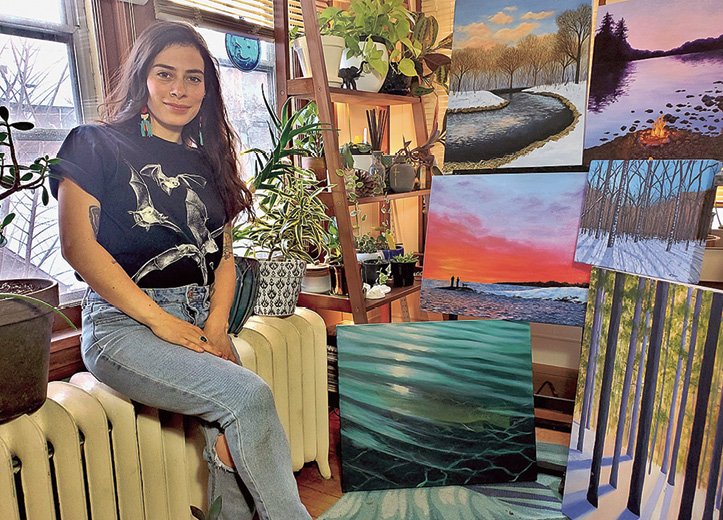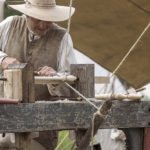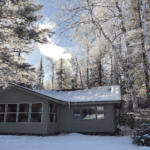Growing up in Duluth’s Lincoln Park, Melissa Boman was often somewhere on the banks of Miller Creek.
“I spent a lot of time outside,” she says. “Mom said I always had dirty hands as a kid.”
The outdoors remains central to her life, both in her professional work as a wildlife biologist specializing in small mammals and bats, and in her intertwined pursuits as an avid fly angler and artist. Her growing body of work includes paintings and drawings that reflect the natural world.
Boman began drawing in middle school, discovered she had a knack for it and began developing her skills. In high school, she got more into music and art, which meant she spent more time inside and became disconnected from nature. In college, she started in architecture, but found it wasn’t a good fit. She also began volunteering at the Wildwoods wildlife rehabilitation facility in Duluth, which led to a change in her career path.
“I fell in love with learning the natural histories of critters and getting back to nature,” she said.
She changed course in college, earning a biology degree from the University of Minnesota’s Department of Fisheries, Wildlife and Conservation Biology. And she continued to draw, often detailed portraits of creatures large and small.
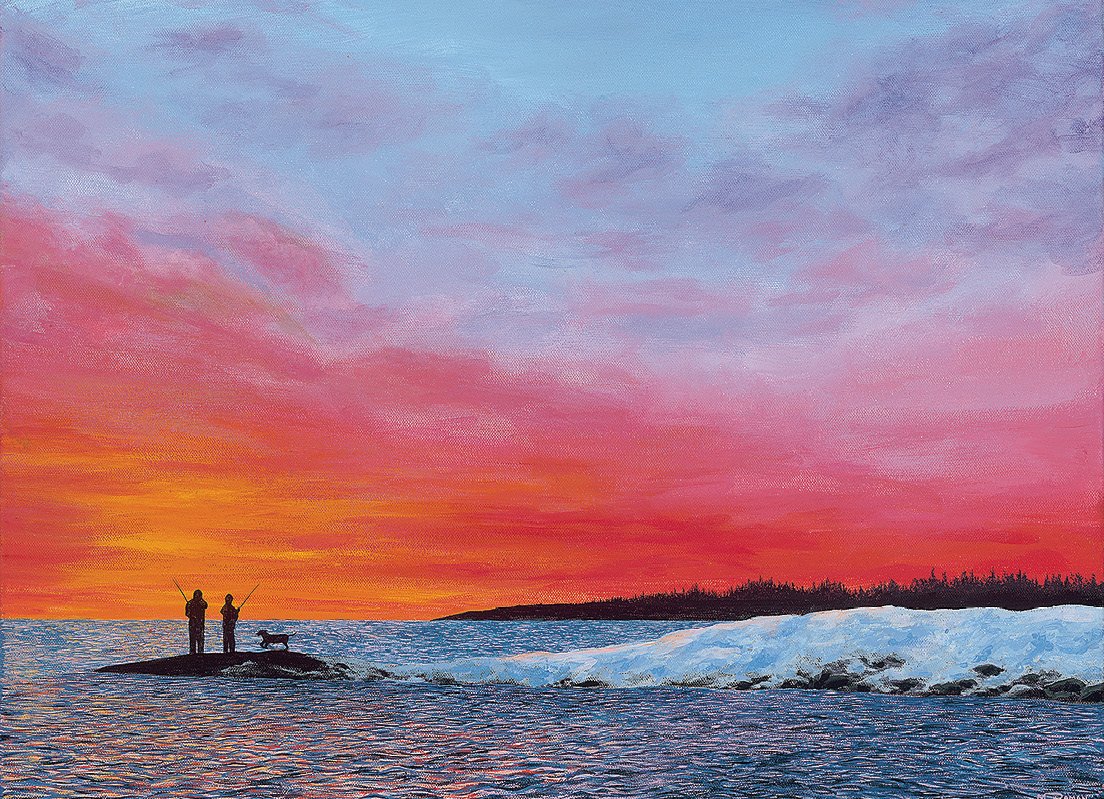
“I worked in charcoal and graphite,” she says. “I was intimidated by color. But when you are outside, it is hard to miss the color in nature. That led me to try the challenge of painting.”
Her acrylic paintings are vibrant and detailed. A ruby-throated hummingbird perched on a lichen-encrusted branch shows the fibers of individual feathers and the intricacy of varied lichen species. The cheek of a steelhead trout is awash in a rainbow of hues.
“I now love colors that pop, she says. “That’s what makes my art stand out.”
All of her work and the colors it contains are inspired by the natural world.
“A Lake Superior sunrise is like no other,” she says. “Even in the depth of winter, color is there if you take the time to notice it.”
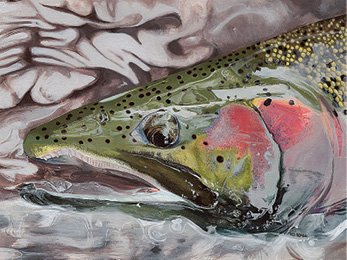
Perhaps channeling her inner child, Boman prefers time outdoors to time online. She enjoys looking for wildlife and the tracks critters leave behind, as well as studying the tiny world of mosses, lichens and fungi. She is hopeful that the increase in participation in outdoor activities brought about by the pandemic will continue to encourage people to get out more often to enjoy nature and enjoy the little discoveries they can even make in their own backyards.
The studies of steelhead and brook trout in her art derive from her love of flyfishing. She likens fly fishing to art, because you must be wholly immersed in both activities, paying attention to detail.
Her interest in fly fishing is wide-ranging.
“Last summer, I caught 29 species on the fly,” she says. “including shiners, carp, quillback, goldfish, pike and bass.”
Currently, Boman’s work isn’t shown in any galleries, partly due to the challenges brought about by the pandemic. She plans to have her work in Duluth’s Dovetail Café next winter. Her work can be found on her website, melbomanart.com.


